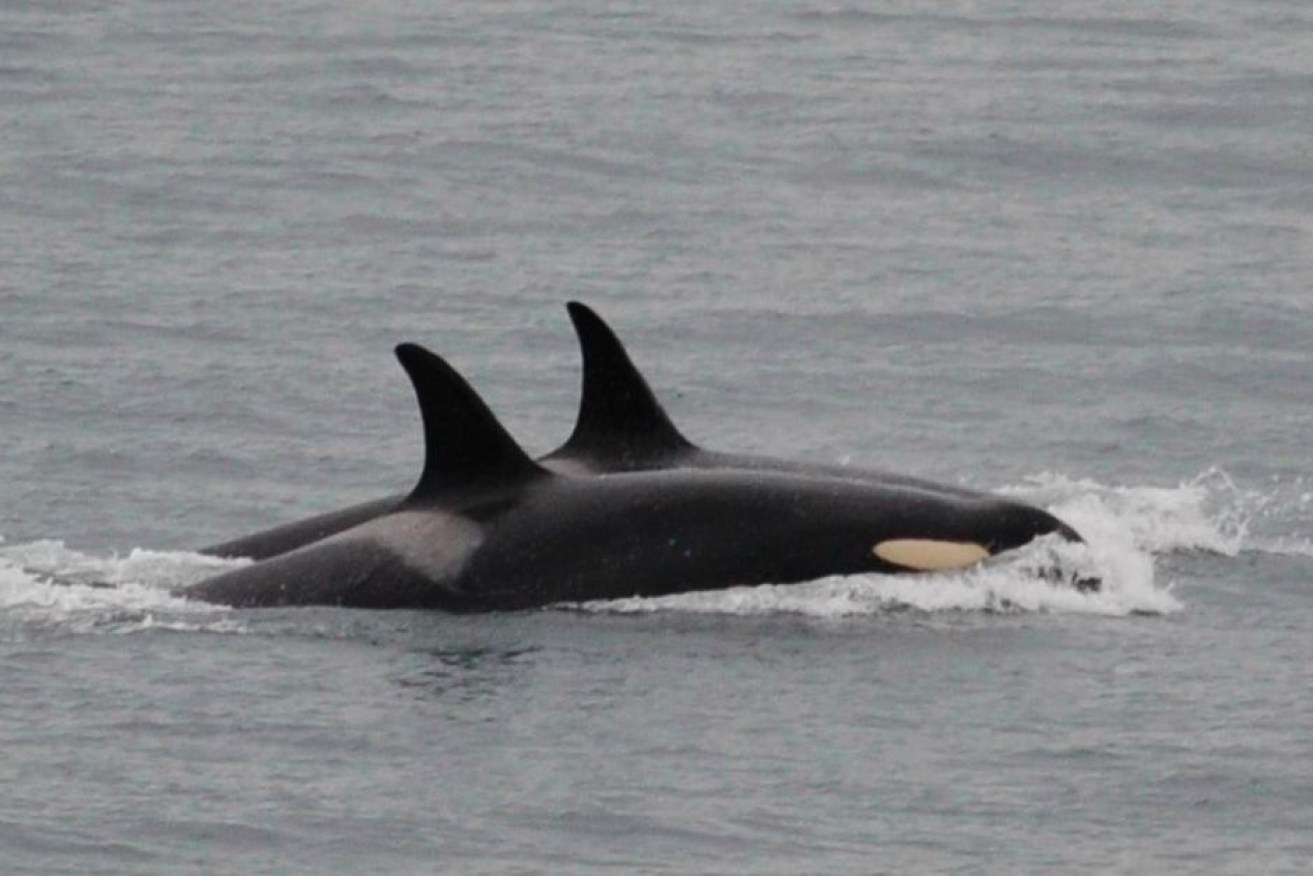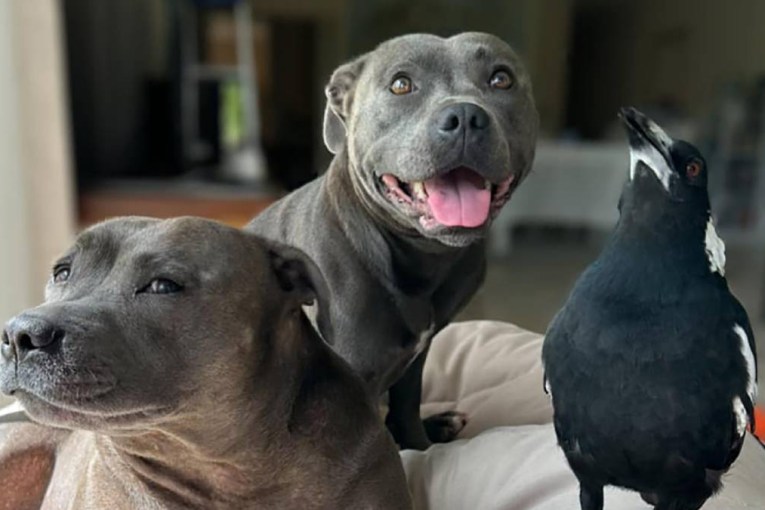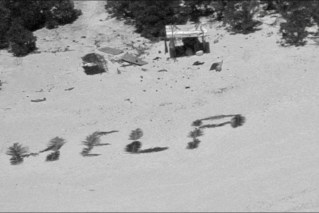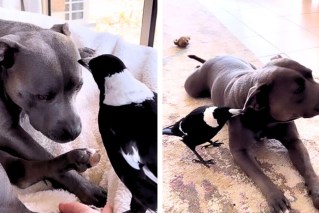Killer whale finally gives up after carrying dead calf after 17 days


Researchers are relieved to see the bereaved killer whale returning to typical behaviour. Photo: CWS
An endangered killer whale that captured the world’s attention when it refused to abandon the body of its dead calf is finally back to feeding and frolicking with her pod.
The whale, known as J35, carried the baby on her head for at least 17 days, in an image of grief that struck an emotional chord worldwide.
The Centre for Whale Research in Washington state said Monday that J35 had been spotted chasing a school of salmon in Haro Strait west of San Juan Island on Saturday.
The killer whale population in the Pacific North-West has been struggling because of a lack of salmon, and J35’s calf died soon after birth on July 24.
“The baby’s carcass was sinking and being repeatedly retrieved by the mother, who was supporting it on her forehead and pushing it in choppy seas,” the CWR said in a statement at the time.
The mother finally abandoned the carcass as it decomposed, it said.
Mr Balcomb said he was immensely relieved to see J35 returning to typical behaviour.
“The ordeal of her carrying a dead calf for at least 17 days and 1000 miles [1600 kilometres] is now over, thank goodness,” he told The Seattle Times.
“She is alive and well and at least over that part of her grief … Today was the first day that I for sure saw her. It is no longer there.”
Killer whales had previously been known to transport their dead calves for as long as a week, according to the CWR, which monitors the killer whale community.
J35, a 20-year-old whale who is also known as Tahlequah, is an important member of the critically endangered southern resident orca population. Her relative youth means she could have years of reproductive ability ahead of her.
CWR said the death of J35’s calf underlined the dire state of the southern resident community, which faces extinction after failing to raise a viable calf in the past three years.
In the past two decades, 75 per cent of newborn calves have died, according to the CWR. It attributes the low reproduction rate to declining numbers of Chinook salmon, the staple diet of the killer whales.
-with AAP








